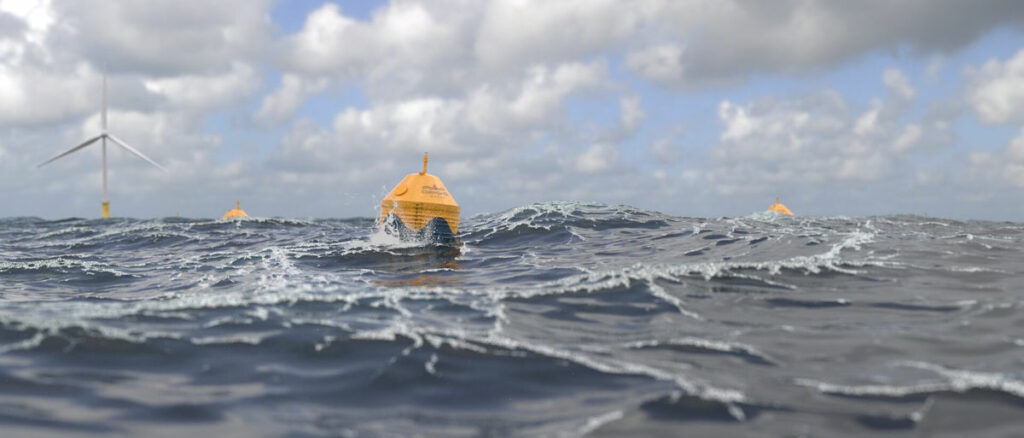Researchers from Delft University of Technology, also known as TU Delft, have started exploring the interactions between different renewable energy sources to reduce the variability in electricity supplied to households as part of €45 million EU-SCORES project.
The TU Delft team – which includes George Lavidas, Andrei Metrikine and Sukanta Basu – is developing a reliable modelling framework that can be the basis for any type of renewable energy, power generation and market analysis, with accurate long-term climate descriptions.
The team accurately quantifies each renewable energy source (wind, wave, solar) and identifies correlations between them in energy terms, according to TU Delft.
This is necessary to achieve a better integration of all renewable energy sources in the electricity system and the entire energy system.
Subsequently, the energy production profiles for offshore renewable energy sources are estimated and used in an energy system model that runs for several years with the goal of a cost-effective decoupled highly renewable energy system.
According to project leader George Lavidas, this project showcases the commitment that TU Delft has in researching the untapped possibilities for offshore renewables like wave, wind and solar.
Lavidas said: “These will be valuable in accelerating the energy transition, across all member states, hence the uniqueness of this project is that it encompasses demonstration through research-oriented results.
“Without such projects advancing and pushing the innovation in future energy systems, the energy transition will not be easily obtained. As TU Delft, we have a strong network of international academic and industrial collaborations to help make the ambitions a reality.”
Andrei Metrikine, group leader of the offshore engineering group of TU Delft, added: “The offshore renewables are in the very focus of the current research of our group which is developing both the integral approaches to the use of the ocean energy and a world class unique expertise in the fluid-structure interaction phenomena, underwater structural acoustics, ice-structure interaction and monitoring of offshore energy structures.”
In traditional solar and wind farms, the revenue depends solely on the weather conditions. As a result, the park does not always produce the same amount of energy, which can lead to instability in the energy network.
By using different sustainable energy sources together, it is possible to counteract this, according to TU Delft.
By combining wind, solar and wave energy, a continuous supply of 100% sustainable energy becomes possible. Hybrid energy parks would also use the space at sea more efficiently, leaving more room for nature, fishing and shipping.
To demonstrate that hybrid energy parks at sea make a sustainable, resilient, reliable and commercially viable energy supply possible, the partners in the EU-SCORES project are jointly building two hybrid energy demonstration projects in Portugal and off the Belgian coast.
The first one is a 3MW offshore floating solar system by Oceans of Energy – to be deployed off the Belgian coast and co-located with a bottom fixed windfarm, while the other one entails a 1.2MW wave energy array by CorPower Ocean in Portugal, co-located with a floating wind farm.
Led by Dutch Marine Energy Centre (DMEC), the EU-SCORES consortium partners will work together to showcase the benefits of multi-source offshore parks across Europe by 2025, paving the way for similar bankable projects in the future.
Source: Offshore Energy





